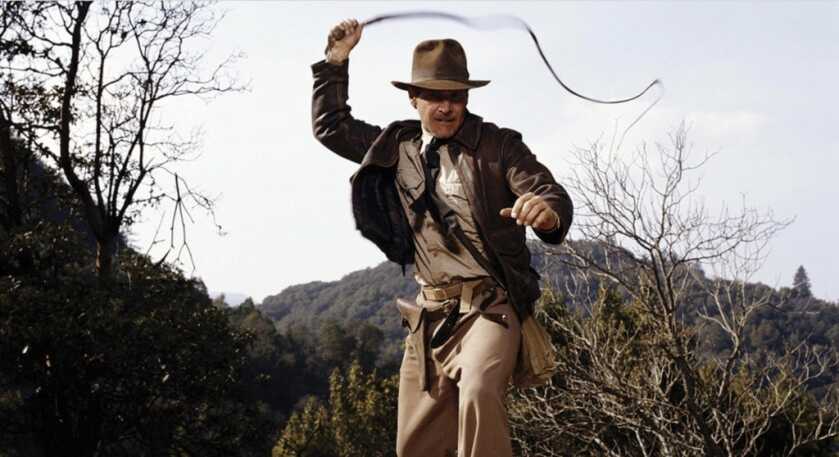
Per the backstory, Dr. Henry Walton “Indiana” Jones was an esteemed professor of archaeology with a diagnosable wanderlust. Professor Jones was bored with teaching and found himself trekking across the globe in search of priceless artifacts and powerful totems. Through four feature films and a television series, the adventures of Indiana Jones have captivated kids and grownups alike. Rumor has it there is yet another installment due out in 2023. I personally can’t wait.
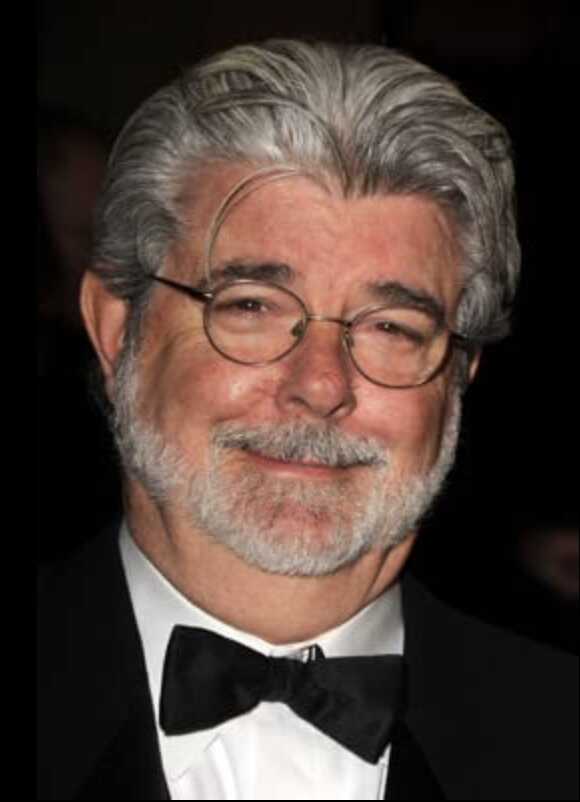
George Lucas of Star Wars fame first imagined the character and story arc. Steven Spielberg directed all four movies. John Mangold is on tap to direct the pending fifth. Lucas purportedly drew his inspiration from several sources.

The Field Museum of Natural History in Chicago supposedly served as inspiration for Indy’s home base. If you’ve not had the pleasure, the Field Museum is simply an incredible place. Acres of taxidermied creatures all harvested from the golden age of naturalism grace countless exhibits. Back when this collection was amassed if you wanted an example of some animal or other you just went out and shot it. Their menagerie is amply stocked with stuffed pandas, for example. We live in a different time today.
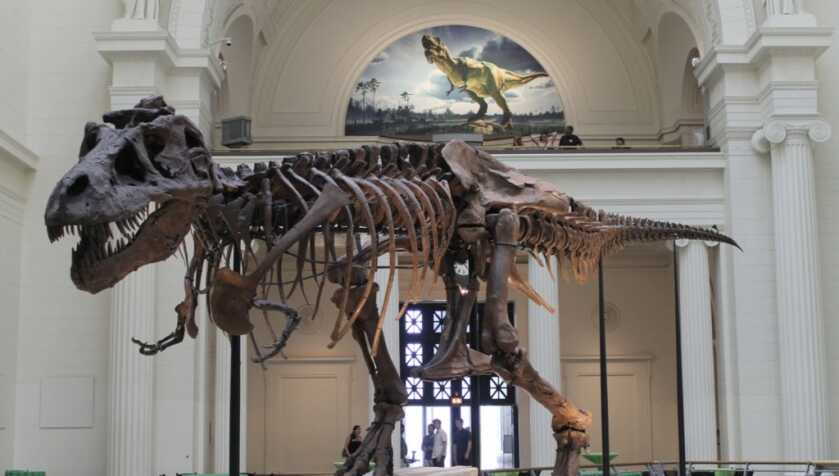
Their collection is full to bursting with such stuff as a massive African bull elephant and Sue, the world’s best-preserved Tyrannosaurus Rex. Everything from whales to bugs is meticulously cataloged and on display. My favorites were the preserved hides of the maneaters of Tsavo. In the late 19thcentury, these two maneless male African lions killed and devoured between 31 and 100 peasant workers who were building a trans-African railroad. I’ll likely do a piece on that sordid tale eventually.
The Real Deal
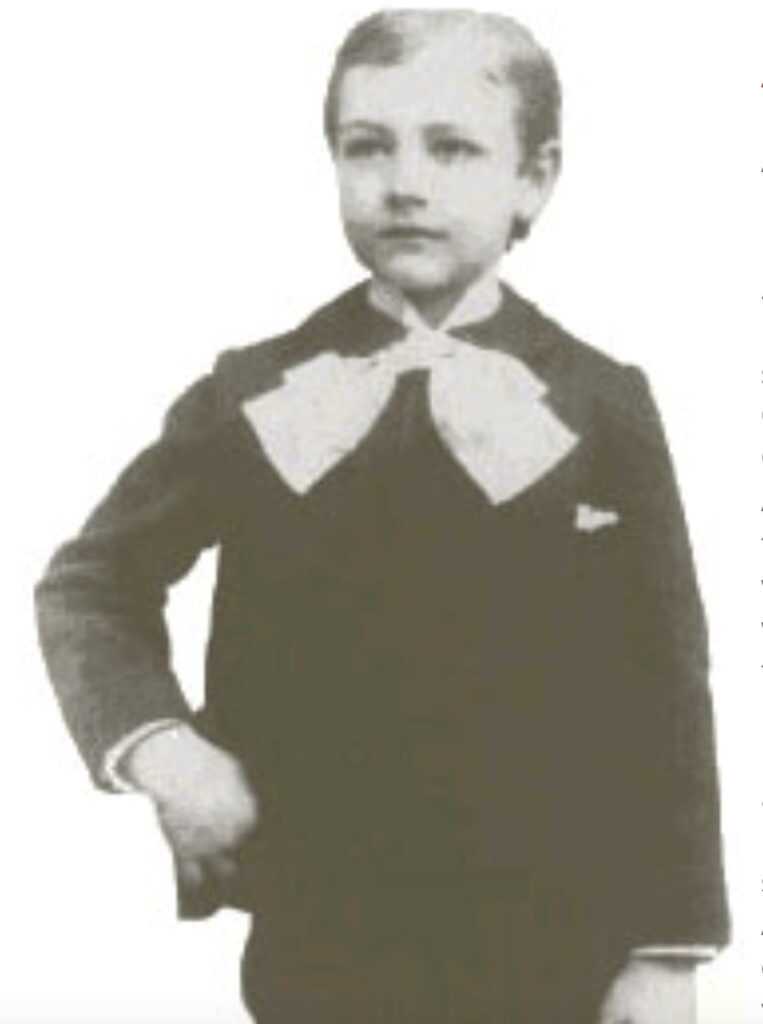
While Lucas was inspired to build the Indiana Jones tales from a variety of sources, one guy stands out as the archetype for the fearless naturalist explorer genre. Roy Chapman Andrews was a rare breed of man. Born in 1884 in Beloit, Wisconsin, Chapman felt his calling from a very early age.
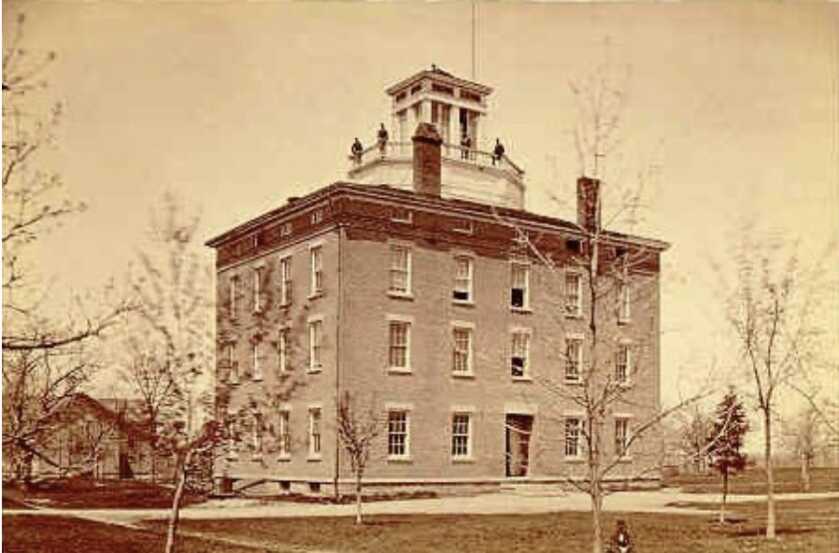
Roy Andrews grew up in the Wisconsin wilderness exploring the forests, creeks, and farmers’ fields surrounding his home. Along the way, he learned marksmanship and taught himself taxidermy. He made enough on mounted animals to put himself through college.
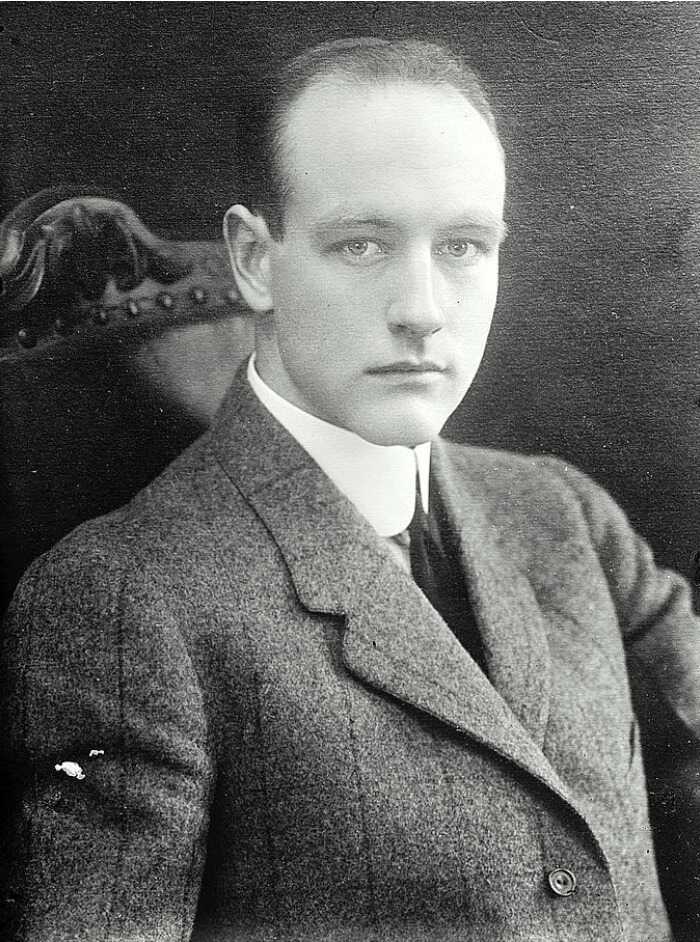
After graduation, Andrews applied for a position with the American Museum of Natural History in New York City. There were no openings available, so he took a job instead as a janitor in the taxidermy department. Along the way, he also earned a Master of Arts degree in Mammalogy from Columbia University. In 1909 Andrews embarked upon his first overseas trek.
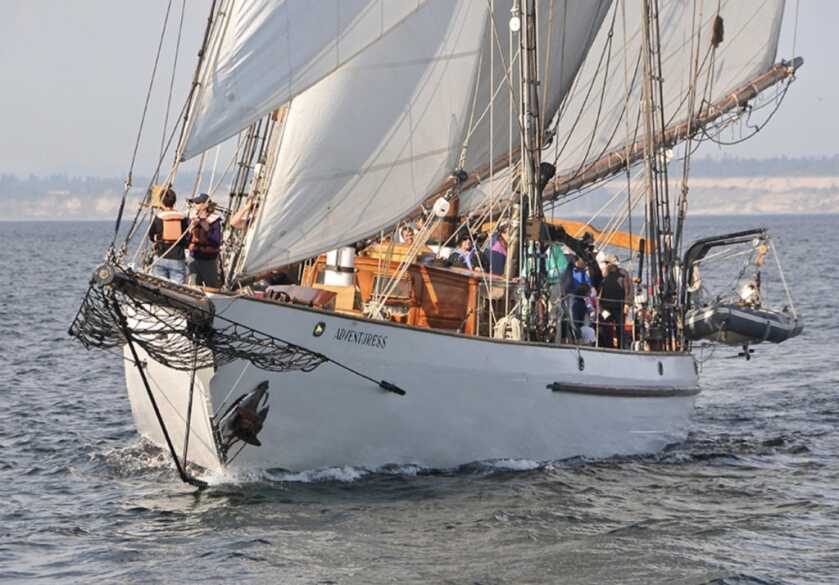
Andrews took the USS Albatross to the East Indies gathering examples of lizards, snakes, and similar reptiles for the museum’s collection. In 1913 he explored the arctic aboard the schooner Adventuress in search of a specimen of the bowhead whale. While he returned with the best film of seals in their natural habitat ever obtained, he remained nonetheless whale-less.
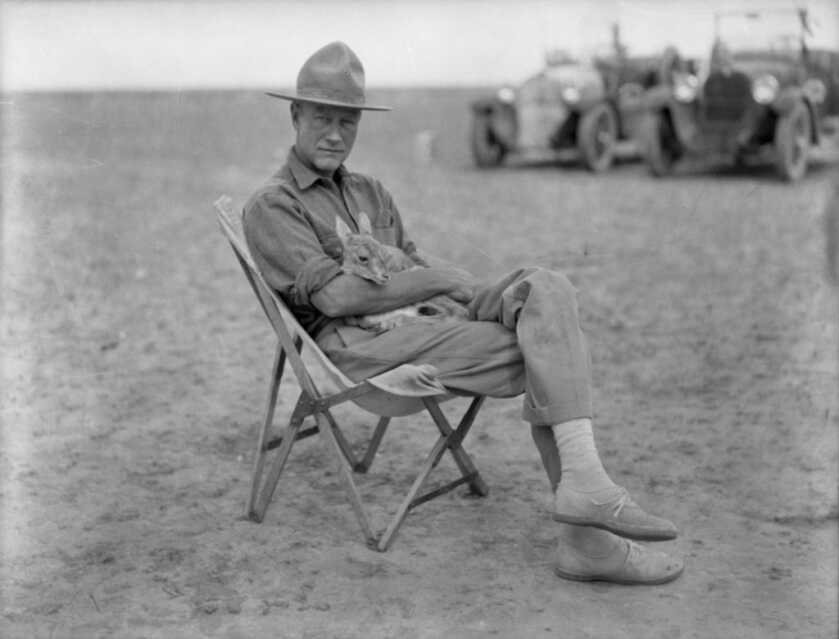
Andrews married Yvette Borup in 1914, and the couple struck out for the Far East. Over the next several years the two naturalists led the Asiatic Zoological Expedition across China. In 1920 the pair departed Peking aboard a fleet of Dodge automobiles. Along the way, they found countless fossils of prehistoric animals that had been previously uncategorized.
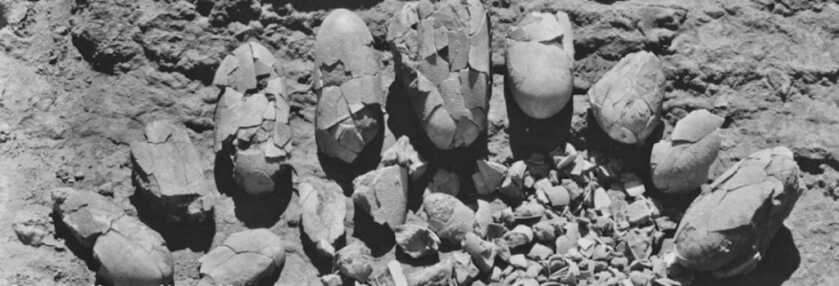
In 1923 Andrews and his wife discovered the world’s first fossilized dinosaur eggs, fundamentally changing the way science regarded dinosaurs. While these eggs were originally assumed to be from a sort of ceratopsian dinosaur called Protoceratops, they were further identified in 1995 to belong to a theropod called Oviraptor. The extraordinary finds Andrews made were duly shipped back to his museum for study.
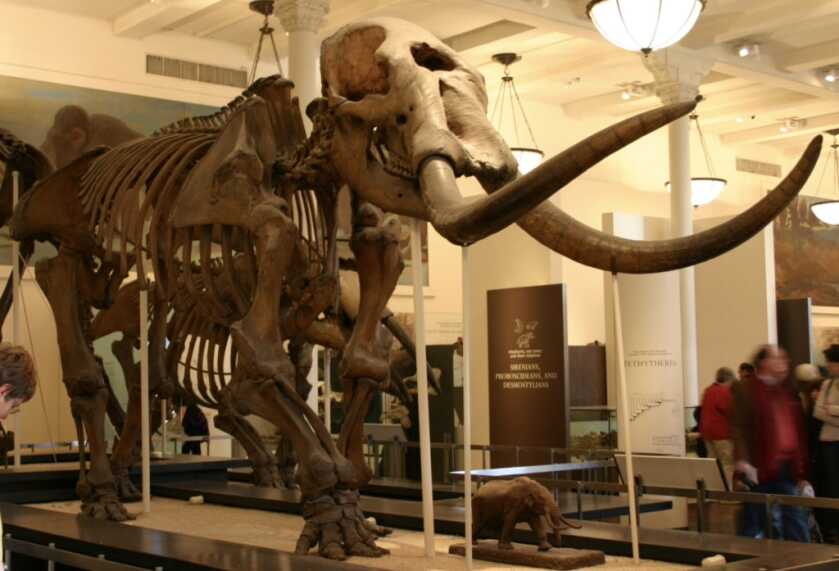
By the late 1920’s the political situation in China was deteriorating, and the Great Depression was having its inevitable impact. Andrews’ final trip to China was in 1930. While there he recovered an exceptional series of mastodon fossils.
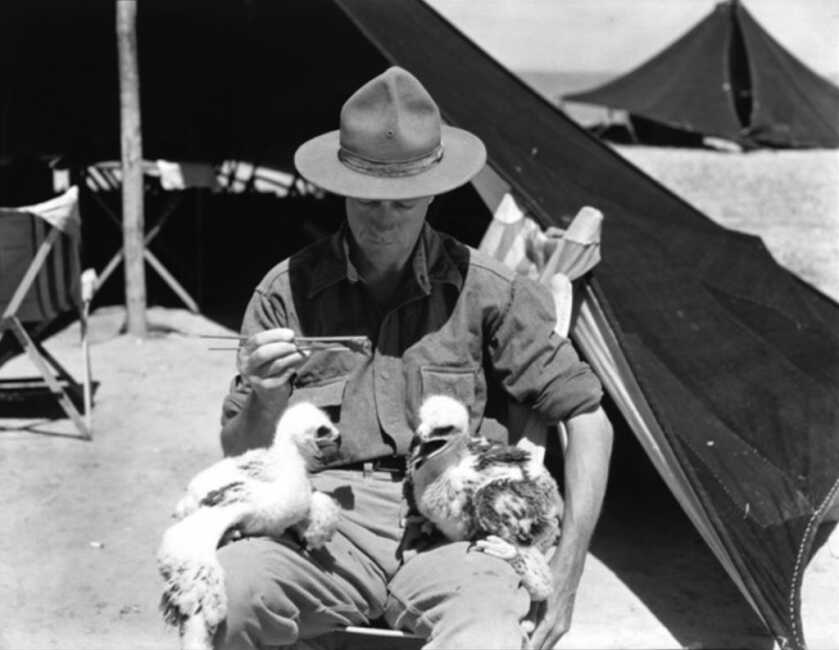
Throughout his adventures, Roy Chapman Andrews was armed. Where today’s naturalists might find themselves emotionally distraught over the prospect of fresh government oil leases, Andrews was the very image of the indestructible manly man. I found reference to two rifles and a handgun that were his regular companions during his travels.
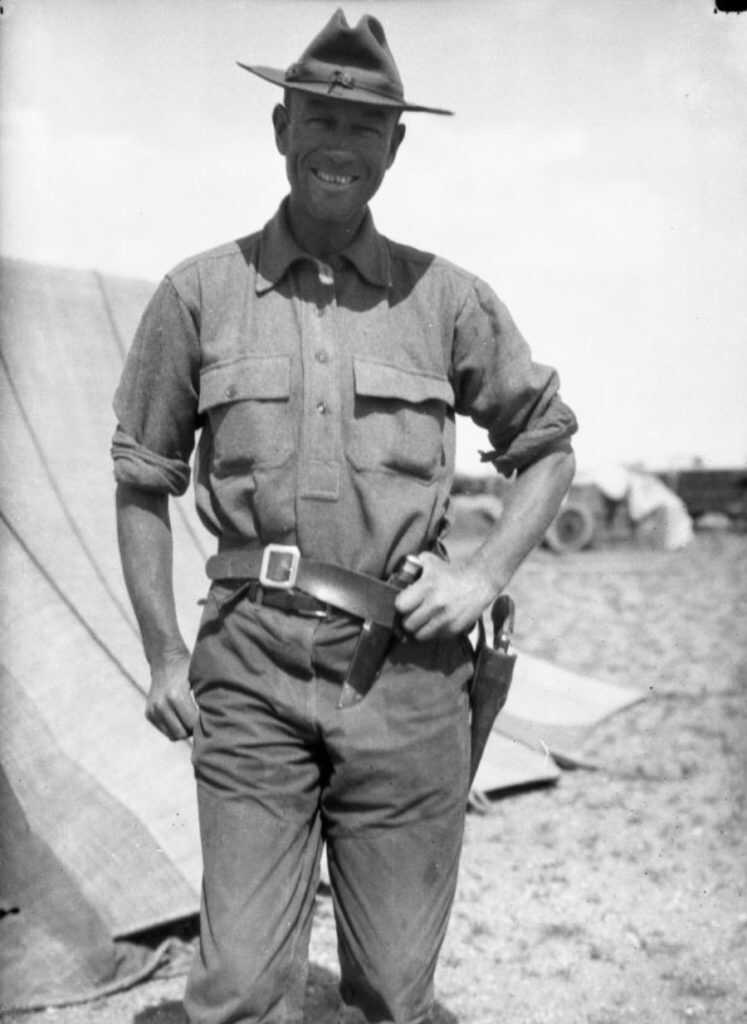
Back in those days if you wanted to have a gun in a foreign country you just packed it in your suitcase. Gun control was really not a thing around the globe, and folks appreciated the unique utility of these indispensable tools. We really cannot imagine such today.

One of Andrews’ primary hunting rifles was a 6.5×54mm Mannlicher–Schönauer. Introduced at the 1900 World’s Fair in Paris, this novel bolt-action rifle sported a rotary magazine and saw military service with the Greek and Austro-Hungarian armies. After World War I, these rugged accurate rifles were sold widely to civilians and sporterized. Civilian sporting versions were marketed aggressively.

Ernest Hemingway was a fan and mentioned the rifle in his writings. The famed elephant hunter Walter Dalrymple Maitland “Karamojo” Bell killed more than 1,000 elephants during his long career, many of which he took with this rifle. The bullet’s high sectional density offered exceptional penetration through thick muscle and bone.
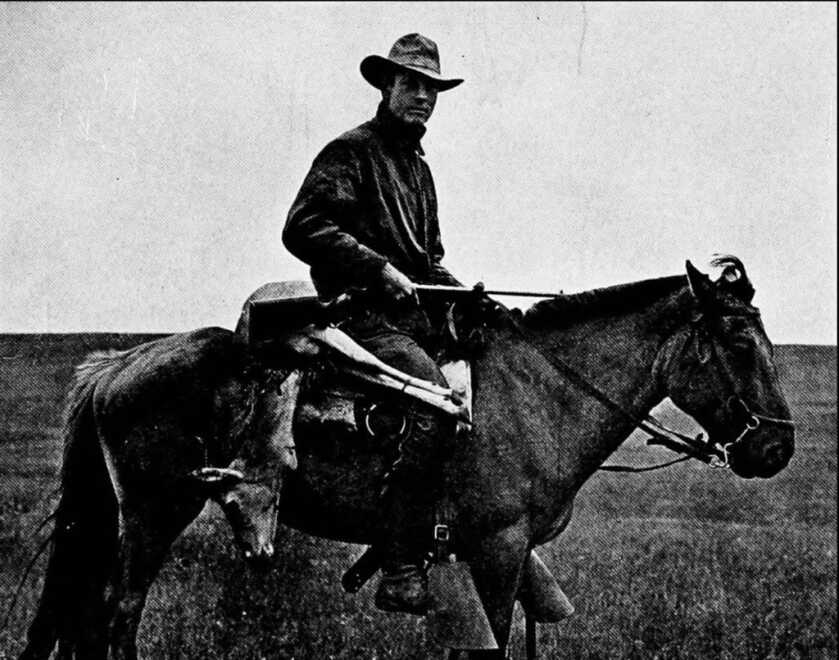
The other rifle Andrews was reported to have used was the Savage Model 99 in .250-300. First developed in 1892, the Savage 99 was a hammerless lever action design that fed from a six-shot rotary magazine. The Model 99 was originally floated as a replacement for the GI-issue Springfield Model 1873 Trapdoor rifle but failed to win the contract. The basic design was nonetheless represented in the Model 99 “Musket” issued to the Montreal Home Guard during World War 1.

The Model 99’s rotary magazine made it one of the first lever-action rifles that could safely feed spitzer (pointed) bullets. Spitzer rounds in tubular magazines run the risk of a primer strike by the bullet tip of follow-on rounds and subsequent uncontrolled detonation. The Model 99 action includes a modest pin that protrudes above the action as an indicator that the rifle is ready to fire.

Roy Andrews also packed a .38 revolver as a sidearm. I found an anecdotal reference claiming it was a Colt Army Special. During a 1928 foray through the Gobi Desert, he had an accidental discharge as he drew the gun to dispatch a wounded antelope. The round created a through-and-through wound to the man’s left leg. In the immediate aftermath, Andrews described himself as “almost happy” when he realized the bullet had missed his knee. His immediate concern had been that he might have a “stiff leg for the rest of my life.”
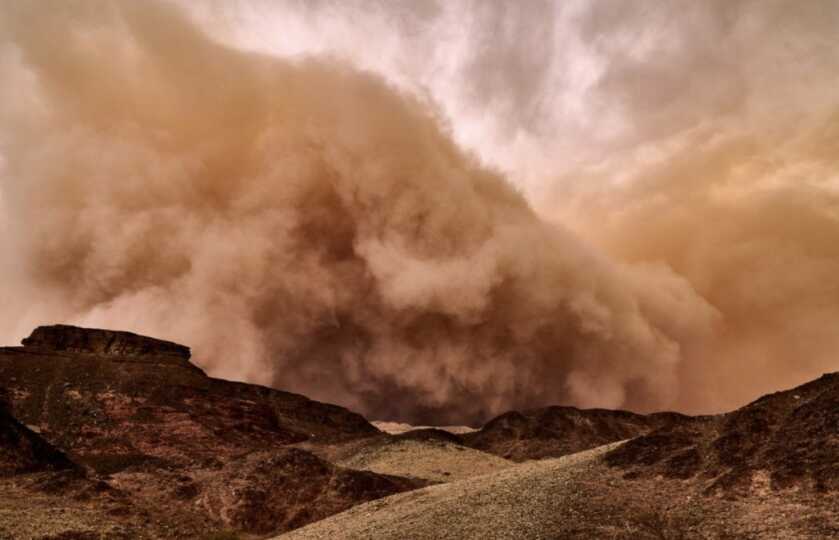
With the able assistance of his head mechanic McKenzie Young, the camp doctor operated on the wound to clean it out and staunch the bleeding. Andrews later observed that Dr. Perez, “Had given me such a dose of morphine that the world looked bright and rosy; in fact, I was rather pleased with myself.” The subsequent arrival of a severe sandstorm combined with the passing the morphine’s effects “obscured my particular sun.” Fortunately, the wound healed without further difficulty.
The Rest of the Story
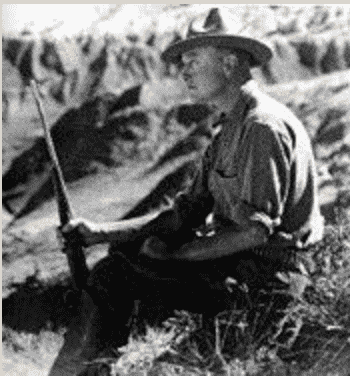
Most normal folk do not court danger or hardship. Most of us, after a lifetime vigorously invested, will have had a close scrape or two but nothing that might pass for true regular peril. Roy Chapman Andrews, by contrast, was definitely not normal folk.
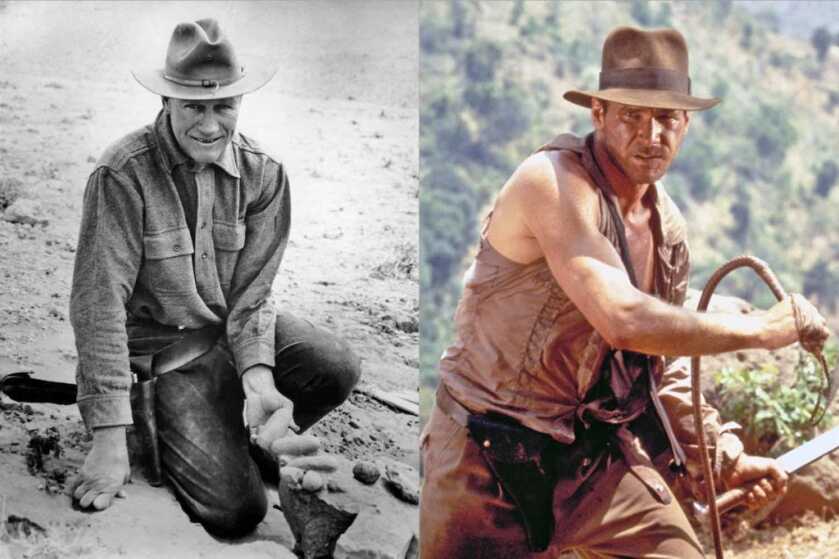
When asked to describe some of his most memorable moments he responded thusly, “In the fifteen years I can remember just ten times when I had really narrow escapes from death. Two were from drowning in typhoons, one was when our boat was charged by a wounded whale, once my wife and I were nearly eaten by wild dogs, once we were in great danger from fanatical lama priests, two were close calls when I fell over cliffs, once was nearly caught by a huge python, and twice I might have been killed by bandits.” Wow.
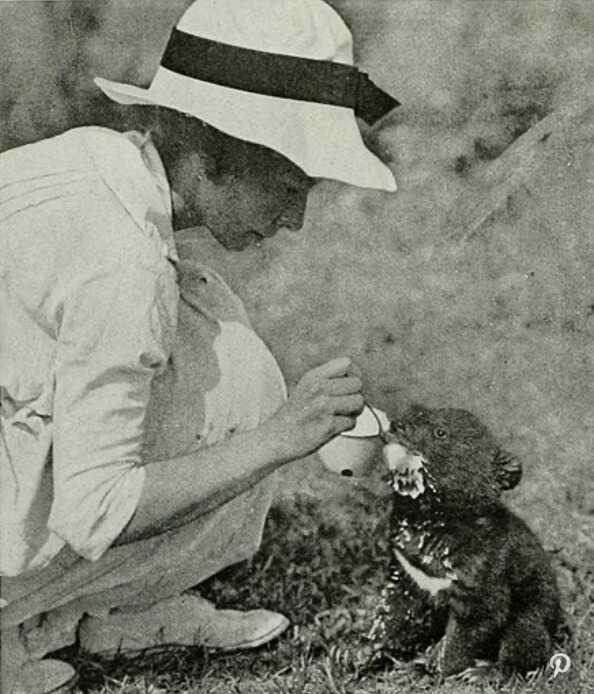
When Andrews finally returned to the US after that final expedition he and Yvette divorced. By that point, they had two sons. Andrews subsequently married Wilhelmina Christmas in 1935.
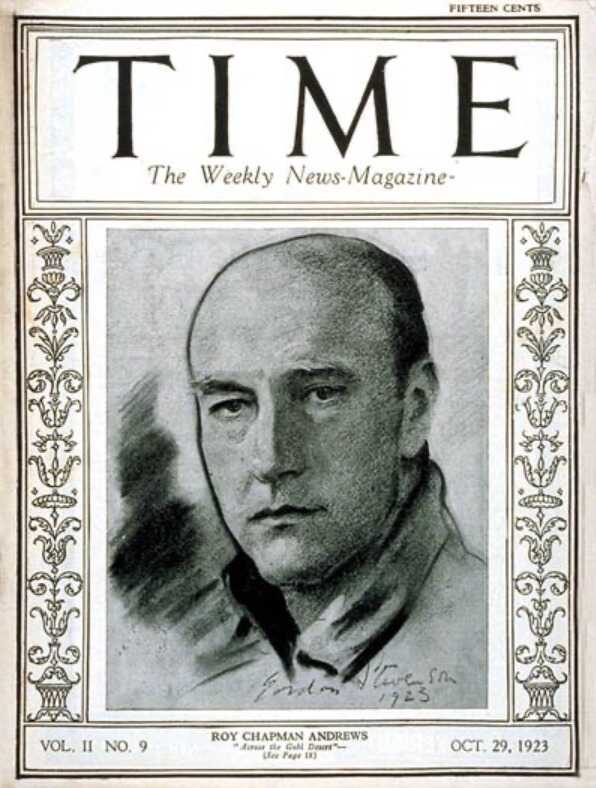
To an impoverished world so encumbered by chaos and hardship, the exotic life of Roy Chapman Andrews provided a welcome respite. He penned several books on his exploits, and his visage graced the cover of Time Magazine in 1923. In 1927 he was given the title Honorary Scout by the Boy Scouts of America. This award was bestowed to, “American citizens whose achievements in outdoor activity, exploration, and worthwhile adventure are of such an exceptional character as to capture the imagination of boys…” Sigh. Nowadays we cannot even intelligently articulate exactly what a boy is.
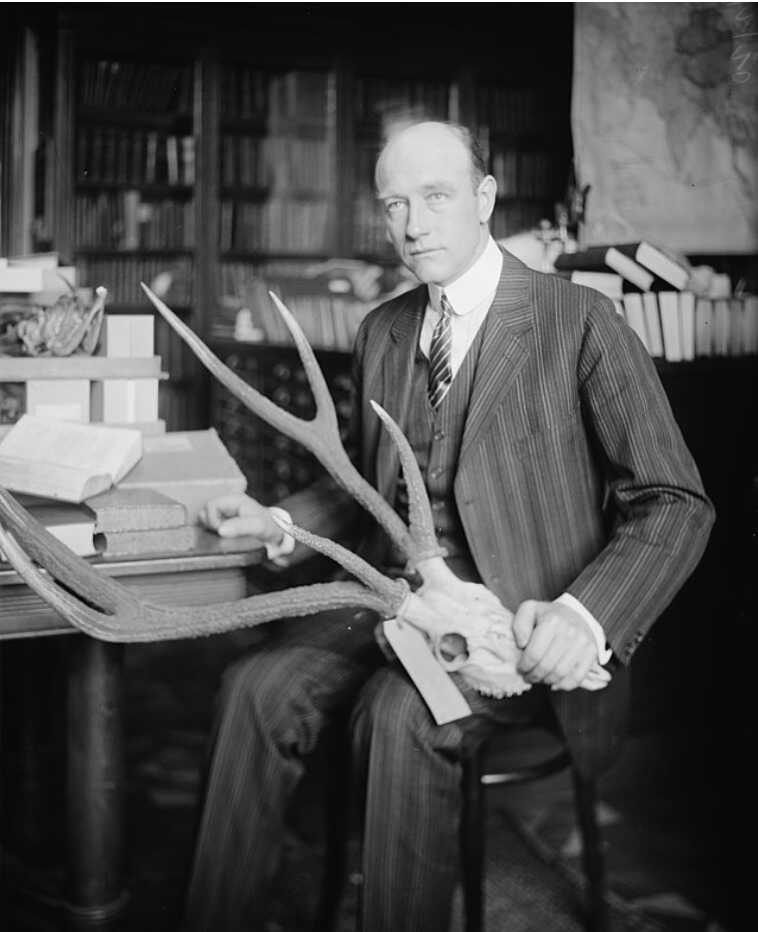
Once China was closed to exploration, Roy Chapman Andrews did not sit idle. He helmed The Explorer’s Club from 1931 through 1934. Afterward, he assumed the position of Director for the Natural History Museum.
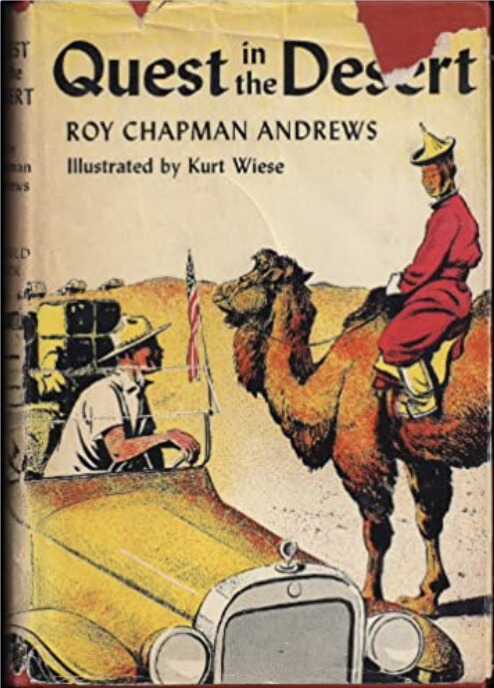
In reminiscing over his long and storied career, Andrews wrote, “I was born to be an explorer…There was never any decision to make. I couldn’t do anything else and be happy.” In 1942 he and Wilhelmina retired to their rural farm in Connecticut. On March 11, 1960, Roy Chapman Andrews died of heart failure in Carmel, California at age 76. His was a vigorous life exceptionally well-lived.


There are several of Andrews’ books in Amazon Kindle format, ranging in price from $0.00 to about ten bucks. He writes of sliding hundreds of feet down the slope of a deep river gorge to recover a specimen as if it were as common as crossing a city street.
Indiana Jones was also supposedly partially based on the Tin Tin books written by Herge’. Spielberg obtained the rights to make a Tin Tin from his widow. He eventually made a movie when the CGI advanced enough. Our Scout troop is dissolving this January due to the feminizing and perversion of modern day Boy Scouts. We are changing to Trail Life, which is a Christian version of Boy Scouts.
Much has been lost in living this much softer life.
I read RCA’s biography many years ago. I believe he also once killed three brown bears with the 6.5×54. The bears were behind a pile of trees in a stream channel that he was walking along. He shot the first bear when it raised its head above the pile and it dropped out of sight. When another bear head appeared, he thought he must have missed or wounded with the first shot. This happened again but there were three bears, all one shot kills to the head or neck. Enjoyed the article and would like to see more like it.
Hello, I’ve read many of your articles,all really great, this was very interesting,thank you!
Fossilized dinosaur eggs, no less…
Read a bunch of his books when I was a kid; never made the connection to Indiana Jones. Great article.
BTW, was he right or left handed? Saw guns on both hips in the pictures.
I’d say R handed, look at the buttons on his shirt, not uncommon to flip a negative on those old black & white, also always has rifle in his R
As always, Dr. Dabbs has provided a fascinating account. Here are a few comments from other sources:
Andrews ’99 Savage was in .22 Savage Hi Power, and he killed a tigress as she leapt over him from atop the compound wall one night.
He killed one Chinese bandit with the .38 Colt.
He said that he had found adventure to be the result of poor planning.
Looking forward to more good stories,
Miles
Enjoyed the article, especially about the pterodactyl….lol…
Thanks, Will. I’ve always felt like I was born several decades too late. The fact that I’ve lived this long only due to modern medicine notwithstanding, I longed to see this world in a more natural state… with a lot less government intrusion. Waiting for the Kingdom!
Dr. Dabbs, thanks again for an interesting and enjoyable tome! Roy Chapman was truly a man to be admired for his insatiable curiosity about the world in which we live.
Thank you once again for a great article. I look forward to your articles.